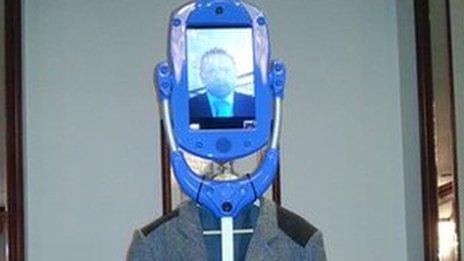A robotic revolution in healthcare
- Published
The robots are learning from their environment, each other - and us
A healthcare revolution is being predicted after the Edinburgh Centre for Robotics (ECR) received new funding.
Researchers there are using artificial intelligence to create robots that will learn from their environment, each other - and us.
The ECR is a joint initiative between Heriot-Watt University and the University of Edinburgh.
Its new Robotarium will open later this year thanks to £8m of support from the UK's Engineering and Physical Sciences Research Council (EPSRC).
Now the EPSRC is giving almost £1m more to develop four new robots that will use Artificial Intelligence (AI) to transform healthcare and emergency response.
It comes as the centre prepares to host the European Robotics Forum later this week.
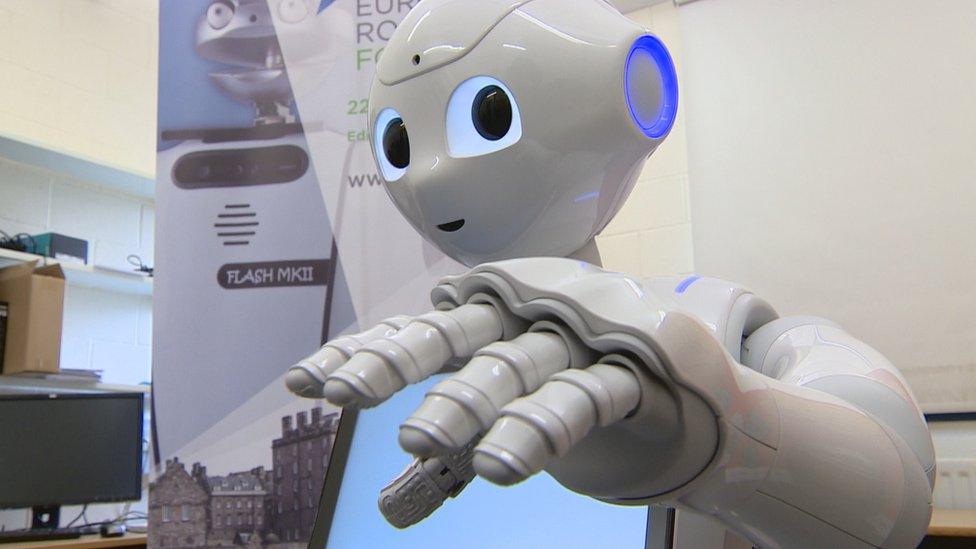
Pepper is a socially-intelligent robot designed to appeal to humans
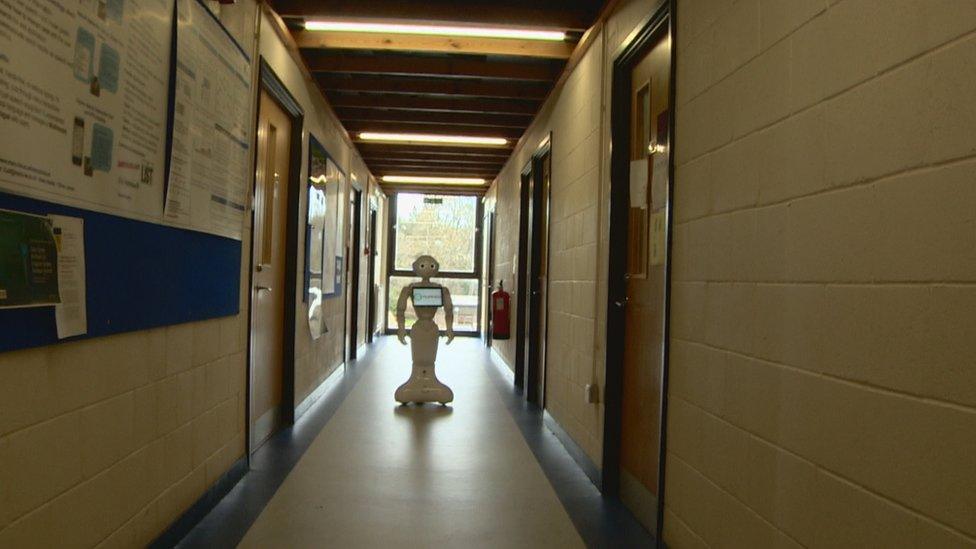
Pepper has been funded by the EU
Prof Oliver Lemon of Heriot-Watt's computer science department says they are experiencing a great leap forward.
"There have been some really big advances recently in AI, in particular in computer vision and in human language processing," he says.
"It's to do with new machine learning methods that have been developed quite recently - and also much, much faster machines.
"So we're at a point now where these machine learning methods can be integrated with robot platforms."
Even though she is a machine, it is difficult not to think of Pepper as female.
She/he/it stands about 4ft (1m) tall and has a humanoid body, big eyes on a face designed to appeal to humans, and a dancer's hips.
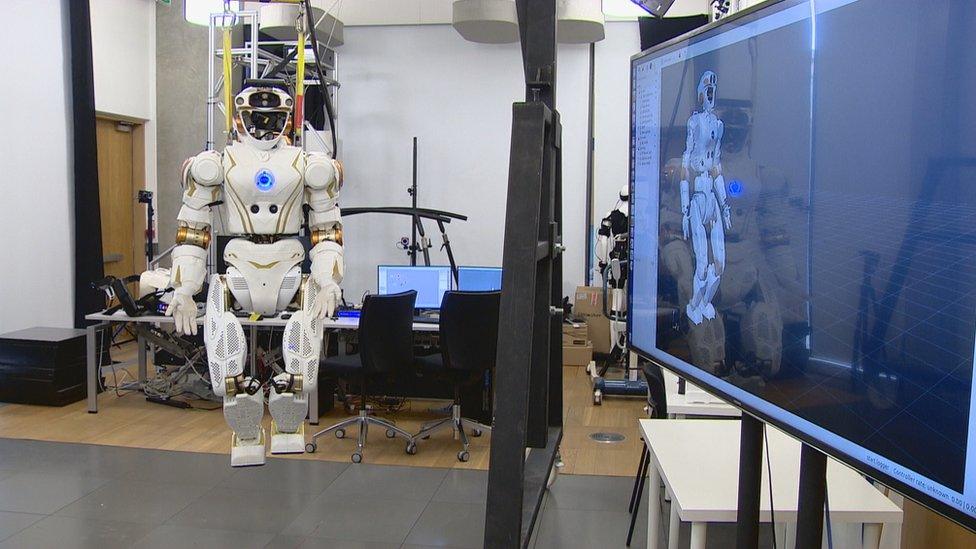
Valkyrie is a humanoid Nasa robot that is learning to walk better
She can indeed dance but that is not her primary function.
Pepper has been funded by the EU in a project to create a socially-intelligent robot.
Before long it will be deployed in a shopping mall in Finland to help people - and people will help Pepper.
Because after the formal programming is complete, Pepper will continue to learn from us.
'Natural interaction'
She is a harbinger of much bigger things.
The ECR is developing robots that can think for themselves - and learn.
This new era of better interaction between humans and robots means involving not just computing and engineering but the social sciences too, according to Dr Katrin Lohan, an assistant professor at Heriot-Watt.
"We are interested in how to develop robots that are programmable by everyone, so that they can learn from us in natural interaction rather than us just sitting there and typing in code," she says.
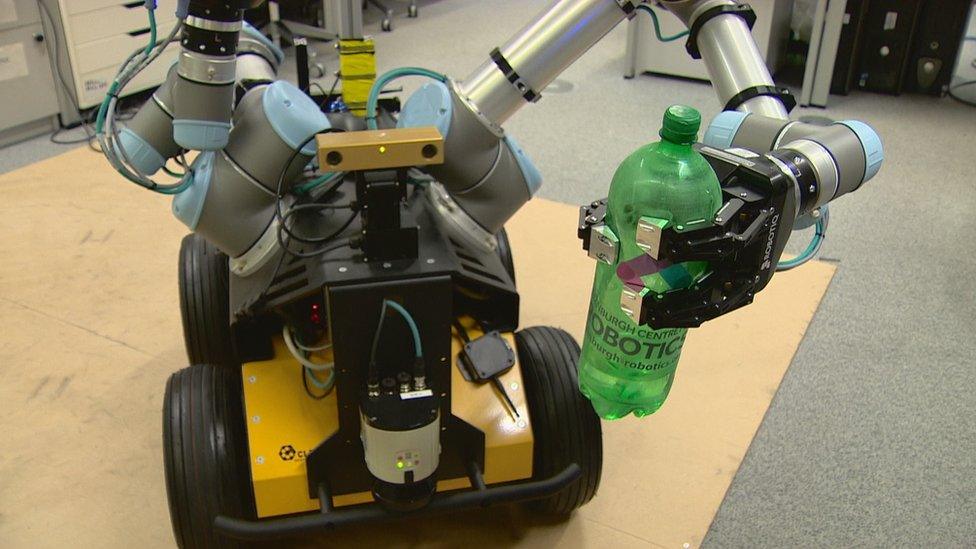
Husky can improvise on the spot even if its controller is out of range
Robots have long been able to do our dirty work, from sweeping hospital floors to building cars. The addition of artificial intelligence is bringing in researchers from across the disciplines.
Dr Thusha Rajendran, associate professor of psychology at Heriot-Watt's School of Social Sciences, is developing a robot buddy to help adults with autism "read" their work mates' faces.
"Trying to know whether somebody is annoyed with you or pleased with you is difficult even for us," he says.
"What the robot allows you to do is isolate different areas of the face and specifically look at face recognition in a much more fine-grained way, rather than looking at people.
"The robot will have a much more readable face which will then translate for the person with autism into 'what does this person think of me?'".
Spotting tumours
Prof Lemon has another example of how robots can transform healthcare: spotting skin tumours.
A doctor may have experience of seeing a few hundred at the most.
By feeding a robot images of tumours, it can have "seen" thousands, perhaps millions more than any specialist ever could.
That will not put specialists out of work but it will lead to speedier and more accurate diagnoses.
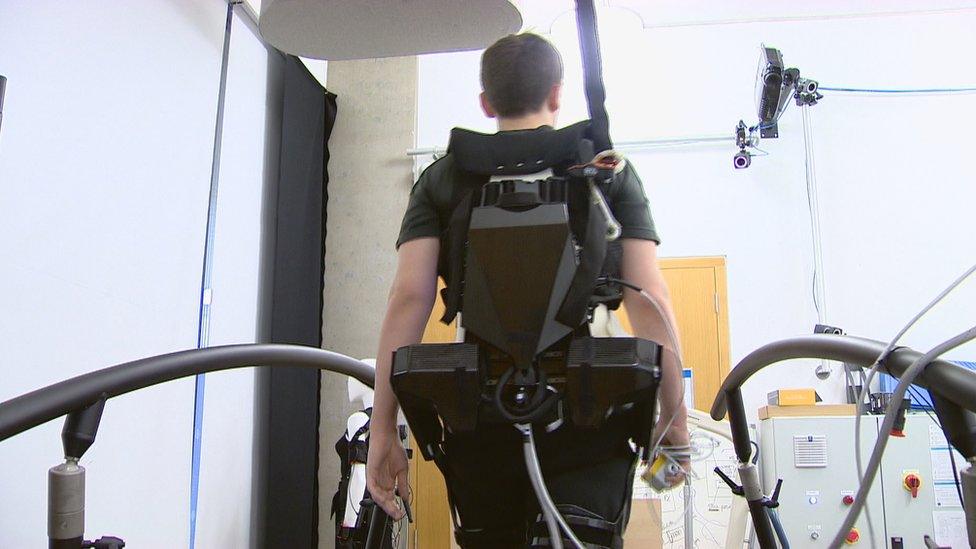
A robotic exoskeleton will help people with disabilities to walk again
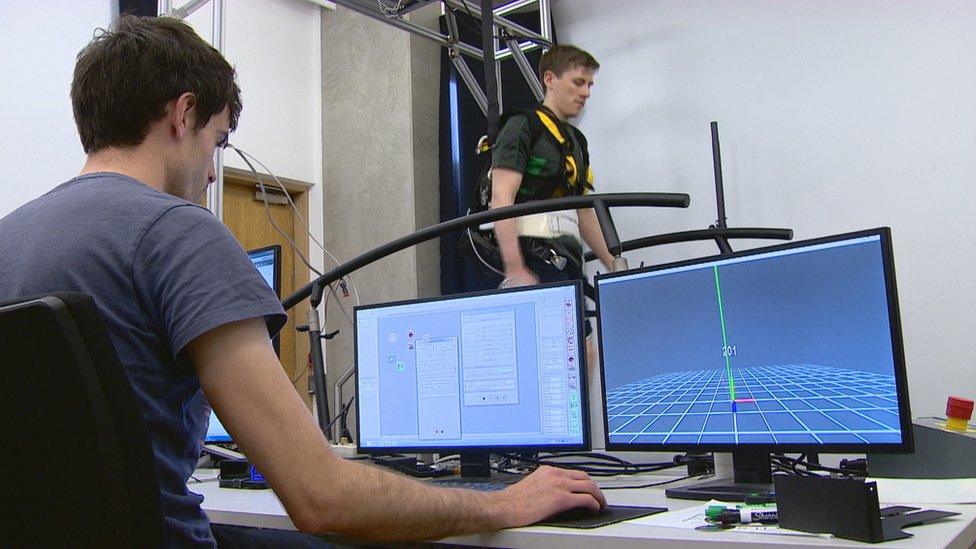
Across the capital at the University of Edinburgh, a robot called Husky is being trained to go into the sorts of hazardous places we can't.
Husky's chunky frame - moving on four wheels and supporting two powerful but sensitive manipulator arms - was built in Canada.
Superficially it looks a lot like the kind of robots we've been familiar with for years, the kind that handle radioactive material or deal with suspect devices.
But Husky has come here to learn.
'Huge, new revolution'
Humans are setting out the big parameters and after that Husky is expected to think for itself.
That means it can improvise on the spot even if its controller is out of range.
Another student here is Valkyrie - a huge, humanoid Nasa robot which may one day walk on another world. But not before it's learned much more in Scotland.
Valkyrie can already walk, and is learning to walk better. That experience is feeding into another device: a robotic exoskeleton that will allow people with disabilities to walk again.
All these advances have the same underlying principle: autonomous robots with the ability to teach themselves to operate better.
For Edinburgh University's professor of robotics Sethu Vijayakumar we are at the beginning of a process which will transform how we live and work over the next two decades.
"All of this confluence of robotics, AI, social network systems and knowledge sharing is driving a huge, new revolution," he says.
"We have to invest in that here in the UK, in Scotland, in Edinburgh because if we don't do it here somebody else will do it and we'll be playing catch up."
First came the Internet, then the Internet of Things. You can think of this research as giving those things arms and legs.
- Published20 March 2017

- Published30 January 2017
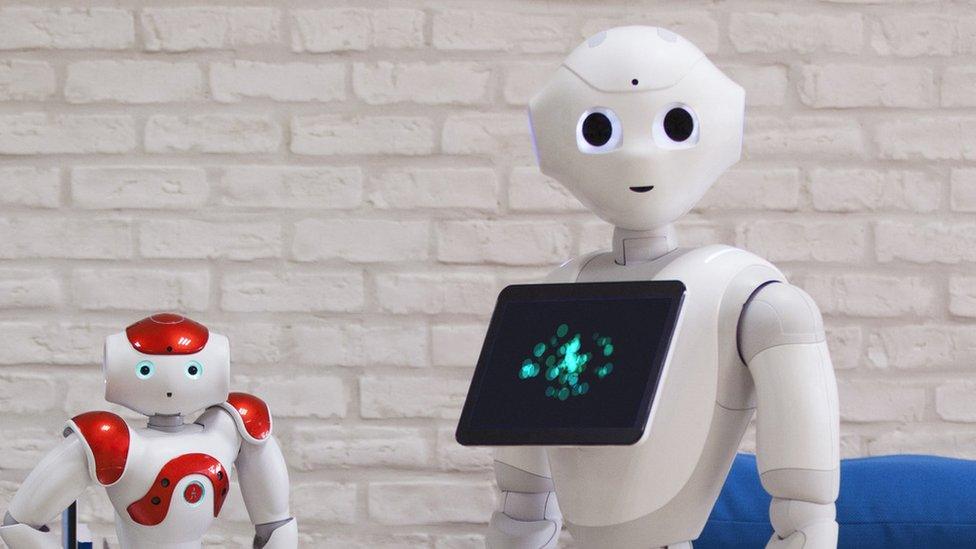
- Published14 June 2016
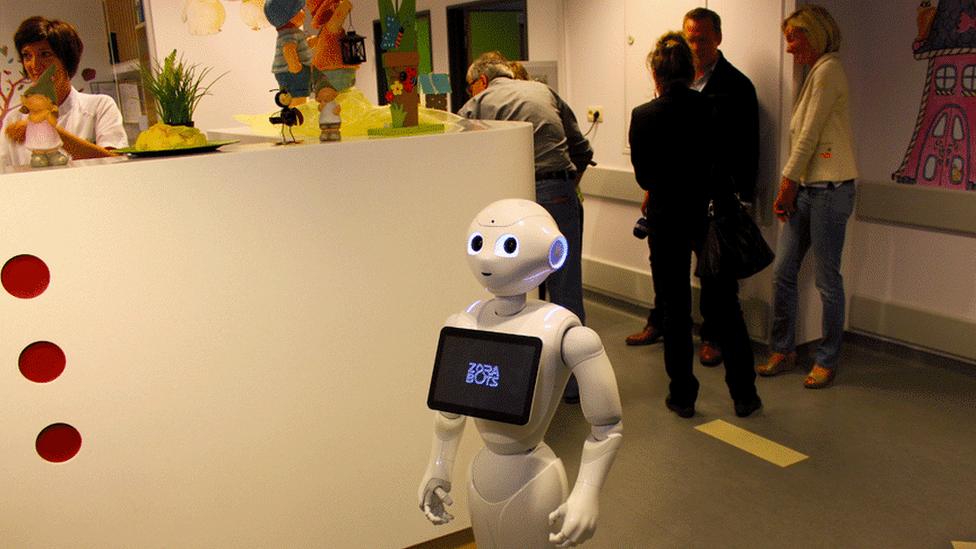
- Published26 January 2016
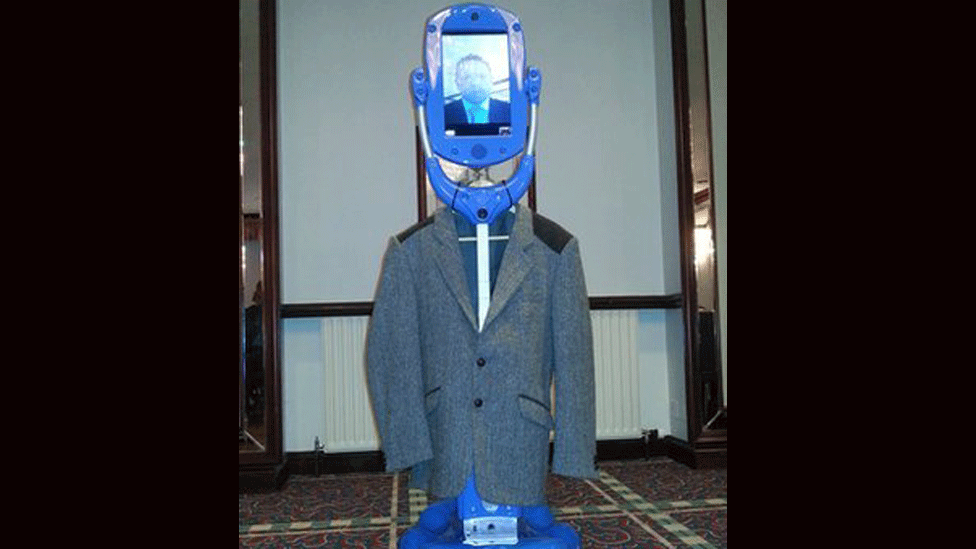
- Published12 March 2015
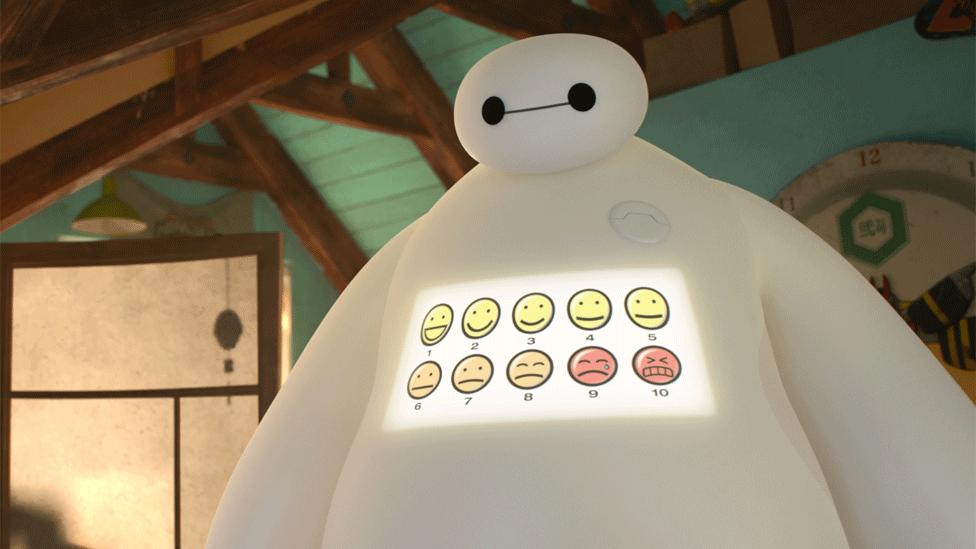
- Published29 October 2014

- Published5 July 2013
